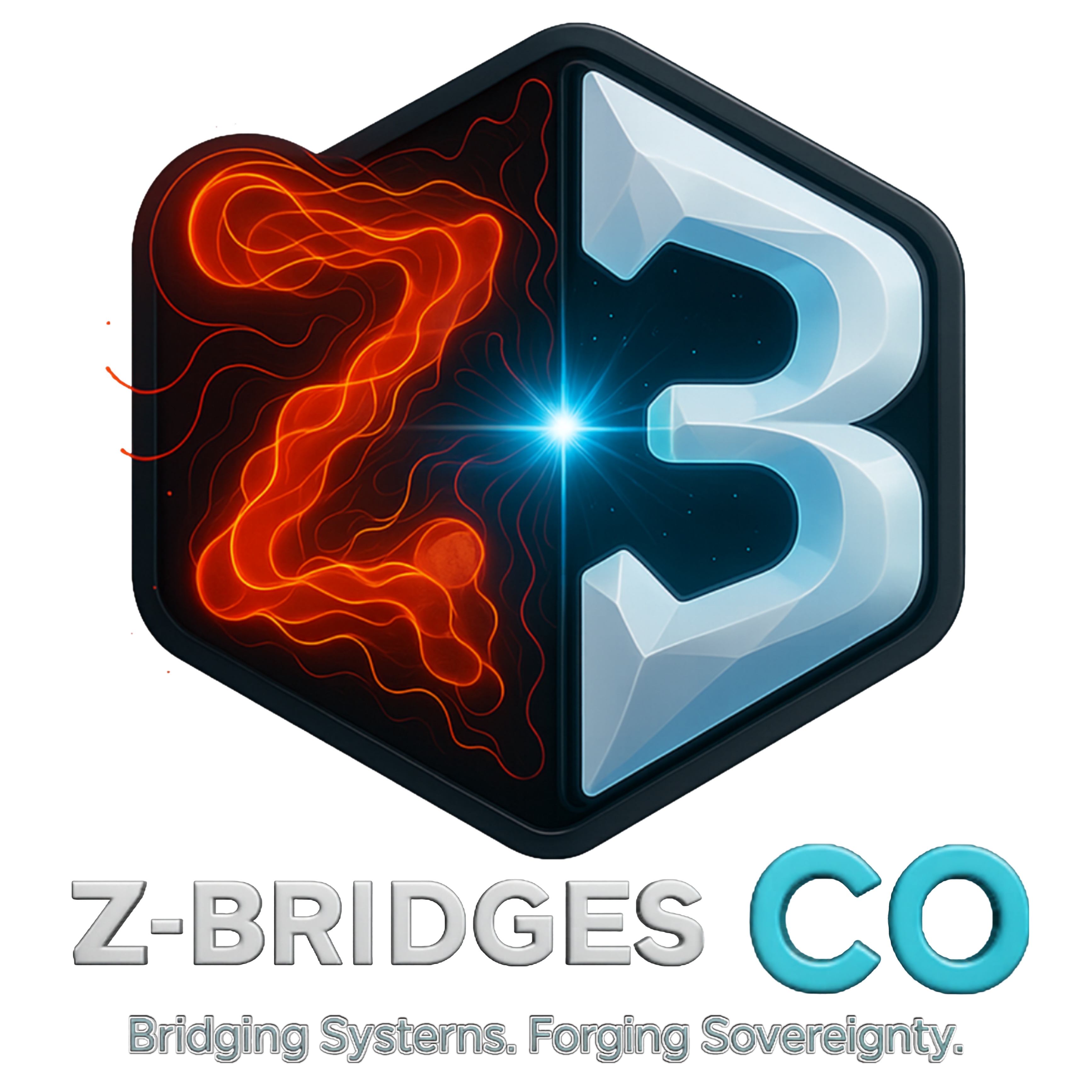
Strategic Intelligence Blueprint v2.0
AI Integration Opportunities // North American Logistics
Executive Summary & Key Judgments
Primary Judgment: AI-driven predictive maintenance for long-haul fleets offers the highest, most immediate ROI with manageable implementation complexity.
Secondary Judgment: Automated warehousing solutions present significant long-term cost savings but require substantial initial capital investment and integration time.
Tertiary Judgment: Last-mile delivery optimization using AI is an emerging field with high growth potential, but current technological maturity poses a risk.
Market Opportunity Matrix
Forensic Analysis
Our analysis addresses seven Key Intelligence Questions, examining technological maturity, key vendors, and integration challenges. The data reveals a clear advantage for fleet-based AI due to existing telematics infrastructure...
Red Cell Analysis: Competitive Response Simulation
Simulations indicate that market incumbent 'LogiCorp' will likely respond to a new entrant by acquiring a smaller AI firm to accelerate their own capabilities, rather than engaging in a price war.
Alternative Scenarios & Indicators
Rapid Adoption (60%)
A scenario where industry-wide adoption accelerates due to a breakthrough or major competitor success.
- Major logistics firm announces 100% fleet AI integration.
- VC funding in logistics AI doubles in one quarter.
Regulatory Headwinds (25%)
Governments introduce strict regulations on data usage in autonomous vehicles, slowing deployment.
- NHTSA announces new inquiry into telematics data.
- New data privacy legislation introduced.
Technological Stagnation (15%)
Development of key algorithms slows, pushing profitability timelines further than projected.
- Key conferences report no major breakthroughs.
- Pilot projects report lower-than-expected ROI.
Implementation Roadmap
Phase 1 (Months 0-3): Acquisition & Pilot Projects
Identify and acquire a best-in-class predictive maintenance AI platform. Launch a controlled pilot program with a segment of the fleet (50-100 vehicles) to establish baseline KPIs.
Phase 2 (Months 3-9): Scaling & Initial Marketing
Analyze pilot data to confirm ROI. Begin scaling the solution across a larger portion of the fleet. Launch a targeted B2B marketing campaign highlighting verified efficiency gains.
Phase 3 (Months 9-18): Full-Scale Rollout & Expansion
Achieve full fleet integration. Leverage success metrics to expand service offerings to include warehouse and last-mile delivery analytics, establishing market leadership.